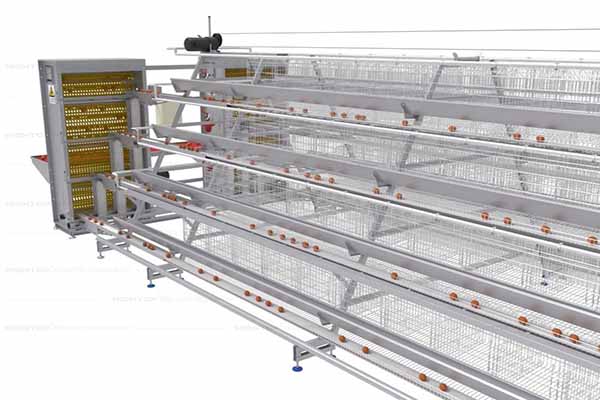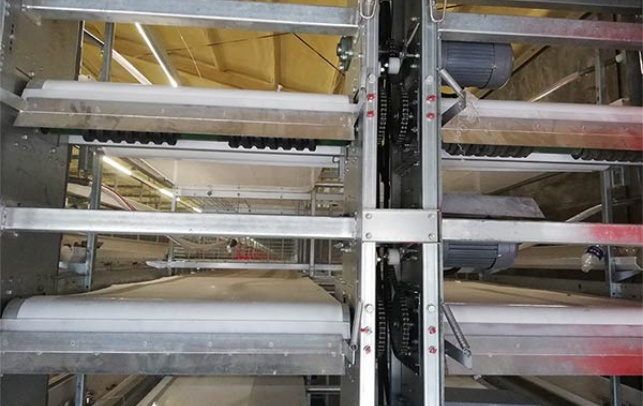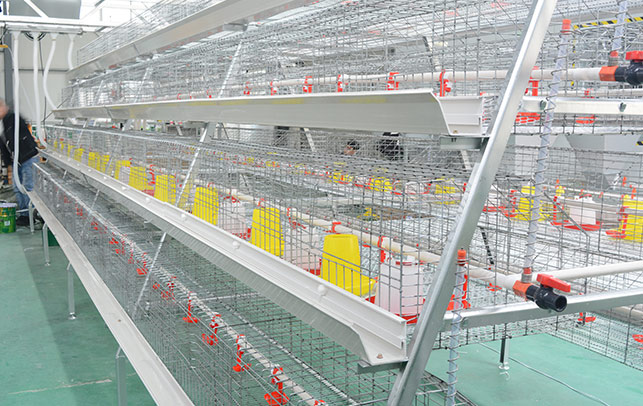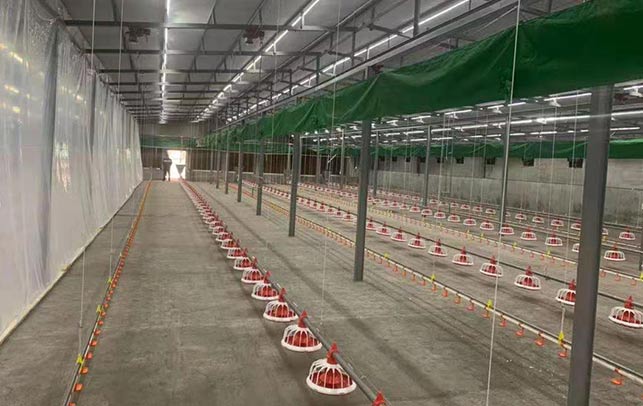How to Start a Chicken Farm with Government Assistance
Time : 2025-06-26
Starting a chicken farm can be an exciting venture into the world of agriculture and poultry farming. However, it’s a journey that requires careful planning, investment, and knowledge of the industry. For many entrepreneurs, government assistance can play a pivotal role in getting their chicken farm off the ground. In this article, we will guide you through the steps to start a chicken farm with government assistance, focusing on the importance of professional equipment and industry best practices.
Understanding Government Assistance Programs
Before you dive into the chicken farming business, it’s crucial to familiarize yourself with the government assistance programs available to you. These programs can vary widely depending on your country and region, so it’s essential to research the specific options in your area. Here are some common types of government assistance that might be available:
- Grants: Financial grants that can cover part of the startup costs.
- Loans: Low-interest or interest-free loans to finance your venture.
- Subsidies: Payments to offset the costs of production, feed, or equipment.
- Training and Mentorship: Access to training programs and industry experts.
Visit the official government websites or consult with agricultural extension offices to understand the eligibility criteria and application process for these programs.
Step 1: Market Research and Business Plan
Before starting your chicken farm, conduct thorough market research to understand the demand for chicken products in your area. Determine the type of chicken farm you want to establish— Layer, Broiler, or Breeders — and identify your target market. This information will help you shape your business plan, which is essential for securing government assistance.
Business Plan Elements
- Executive Summary: A brief overview of your farm’s purpose, business model, and goals.
- Company Description: Detailed information about your chicken farm, including its size, location, and services.
- Market Analysis: Data and analysis of the target market, competition, and trends.
- Organization and Management: Profiles of the owners and managers, along with their qualifications.
- Service or Product Line: Description of the chickens you will raise and the products you will sell.
- Marketing and Sales Strategy: Plans for marketing your products and reaching your target market.
- Financial Projections: Forecasts of income and expenses, including startup costs, operating costs, and profitability.
Ensure that your business plan is comprehensive, well-structured, and ready to present to potential investors or government agencies.
Step 2: Choose the Right Location
The location of your chicken farm is critical to its success. Consider the following factors when selecting a site:
- Availability of feed: Ensure you have access to a reliable source of quality feed.
- Transportation: Easy access to transportation for both the purchase of feed and the distribution of eggs or meat.
- Water source: A reliable source of water is essential for the chickens and farm operations.
- Proximity to markets: Close proximity to markets can reduce transportation costs and ensure faster delivery times.
Step 3: Select the Right Chicken Breed and Equipment
Selecting the right breed of chicken for your farm depends on your objectives—layers for eggs, broilers for meat, or breeders for breeding purposes. Each breed has its own set of requirements and characteristics that should align with your business goals.
Professional Equipment for a Chicken Farm
- Egg Laying Houses: Automatic egg collection systems that reduce manual labor and prevent breakage.
- Brooding Systems: Facilities for hatching and nurturing chicks in the initial stages of life.
- Feeding Systems: Automated feeding systems that provide balanced nutrition to the chickens.
- Watering Systems: Reliable water supply systems that ensure chickens have access to clean water at all times.
- Sanitation Equipment: Facilities for cleaning and sanitizing the farm, including manure handling systems.
- Security Systems: Measures to protect your chickens from predators and other risks.
Investing in quality equipment not only enhances the productivity and health of your chickens but also ensures compliance with industry standards and government regulations.

Step 4: Compliance with Regulations and Safety Standards
Ensure that your chicken farm complies with all local, state, and federal regulations related to agriculture and poultry farming. This includes obtaining necessary permits, licenses, and adhering to biosecurity protocols to prevent disease outbreaks.

Step 5: Implementing an Effective Management Plan
A well-managed chicken farm is crucial for success. Implement a comprehensive management plan that includes:
- Record-keeping: Accurate records of all farm activities, including feed consumption, health checks, and sales.
- Employee Training: Regular training for staff on biosecurity, animal welfare, and farm operations.
- Disease Prevention: Implementing biosecurity measures to minimize the risk of disease outbreaks.
- Quality Control: Regular testing of eggs or meat to ensure compliance with food safety standards.
Step 6: Marketing and Distribution
Develop a marketing plan that leverages both traditional and digital channels to promote your chicken farm and its products. Explore direct sales to local markets, partnerships with grocery stores, and online distribution channels to reach a wider audience.
Conclusion
Starting a chicken farm can be a fulfilling endeavor with the right planning and government assistance. By focusing on market research, selecting the appropriate breed and equipment, adhering to regulations, and implementing effective management practices, you can build a successful chicken farm. Remember, the ke y to a thriving chicken farm is not only financial investment but also dedication to quality and sustainable practices.
y to a thriving chicken farm is not only financial investment but also dedication to quality and sustainable practices.











